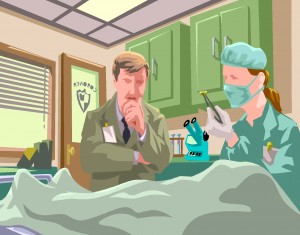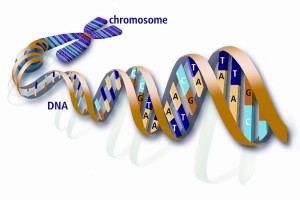It won’t inspire an episode for a high-tech forensic TV show, but it’s still a good detective story.
On March 15, Michelle Hunter reported a crime on The Times-Picayune website, a burglary of a New Orleans pharmacy. Somebody had chiseled a hole through the store’s cinderblock wall and crawled through. The burglar left with a load of narcotics, but left a pickaxe behind. The pickaxe had a price sticker from a nearby home improvement store.
Detective Darrin Parent brought the tool to the improvement store, where staff scanned the barcode to determine when and where the axe had been purchased. With this information, they checked the store’s video surveillance footage to watch a man purchase the pickaxe.
An owner of a store near the burgled pharmacy contacted Detective Parent. On the night of the crime, his CCTV camera had captured images of the same man around the time of the burglary. The video footage also recorded the license plate number of the vehicle driven by the suspect.
Warrant in hand, Detective Parent visited the suspect’s house, where he found drugs stolen from the pharmacy. An arrest followed for burglary and drug possession.




